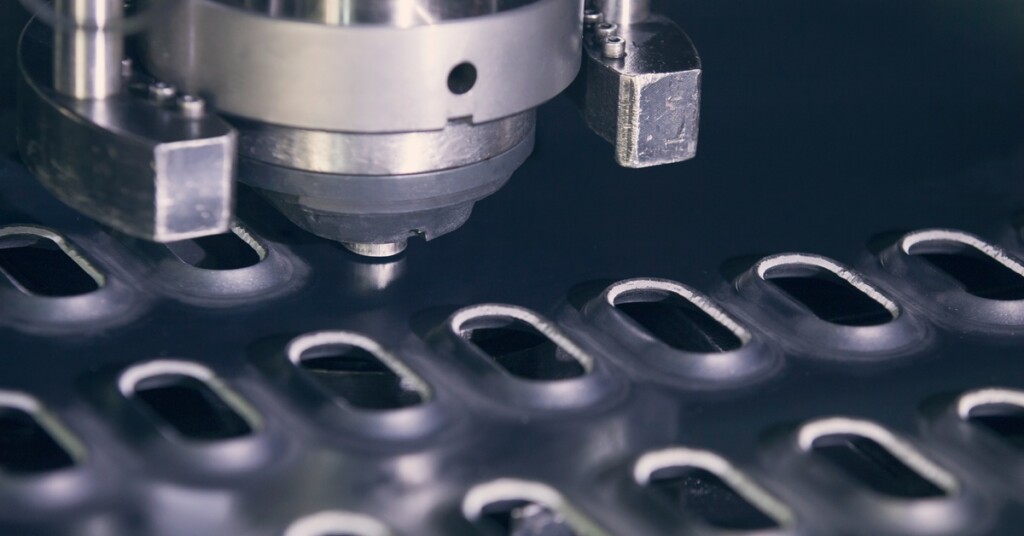Have you ever wondered why some sheet metal parts come together seamlessly while others require adjustments? What causes slight variations in dimensions that impact assembly? How can you be sure your fabrication partner will meet your project’s needs?
If these questions have crossed your mind, you’re in the right place. Let’s touch on the six things you need to know about sheet metal tolerances to navigate this complex aspect of fabrication.
1. Tolerances Vary by Process
Some fabrication processes have different tolerance ranges than others. For example, punching typically holds ±0.010 inch, while laser cutting may achieve ±0.005 inch. Assuming a uniform level of precision across all features can lead to parts not assembling correctly. Confirming what’s realistic for each operation can prevent the need for redesigns.
2. Tight Tolerances Cost More
Holding ±0.005 inch versus ±0.030 inch may not sound like much, but it can drive up production time, inspection requirements, and scrap rates. When tolerances tighten, those added costs compound. Apply strict tolerances only to the features where precision is necessary. Everything else should allow more breathing room.
3. Your Drawing May Not Say Enough
Designs that lack clearly defined tolerances—or apply overly strict tolerances by default—can leave fabricators guessing. This often leads to delays, clarifications, or fabrication choices that weren’t intended. For the best results, review your prints with your vendor before production begins. This simple step can prevent misinterpretation and wasted time.
4. Tolerance Stack-Up Can Derail Assemblies
When multiple parts are assembled, each component’s small dimensional variations accumulate. This is known as tolerance stack-up. A three-piece bracket assembly, for example, might fall out of alignment if any of the pieces are off. Account for these variations by adjusting dimensions, adding clearance, or using alignment features in your design.
5. Material Choice Impacts Dimensional Accuracy
Material thickness and type influence how well a part holds its shape. Thinner gauge metals may warp during processing, particularly if unsupported. Heavier stock provides more stability but may require stronger tooling. Balance your tolerance expectations with the physical properties of your chosen material.
6. Thermal Processes Can Shift Dimensions
Welding, powder coating, and laser cutting introduce heat, which can subtly change a part’s size or shape if not accounted for. Sheet metal fabricators should either pre-compensate in the design or recommend post-processing steps to keep tolerances within range.
The Details You Overlook Add Up
Small tolerance missteps can lead to larger production delays, rework, or fitment issues. If you’ve read through these six things you need to know about sheet metal tolerances, and you’re still unsure what applies to your project, Sytech can help.
At Sytech, we don’t treat tolerances as fine print. Our team works with you to pinpoint potential issues before they disrupt production, whether you’re building UL-listed enclosures, multi-part assemblies, or custom components. If you need experienced guidance backed by proven processes, reach out to learn how we approach custom sheet metal fabrication the right way.
